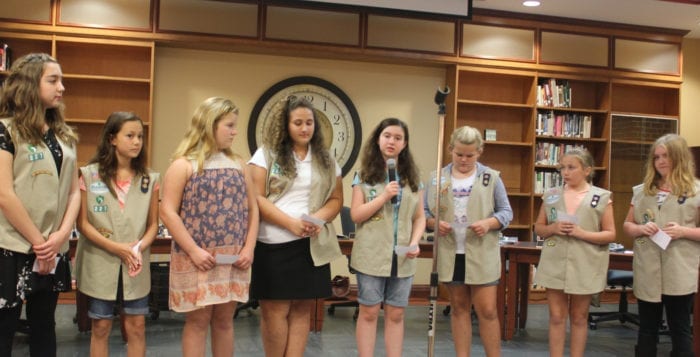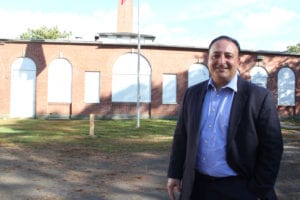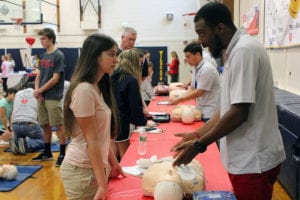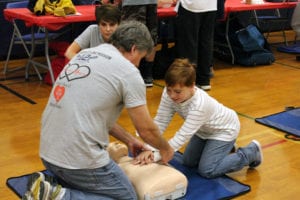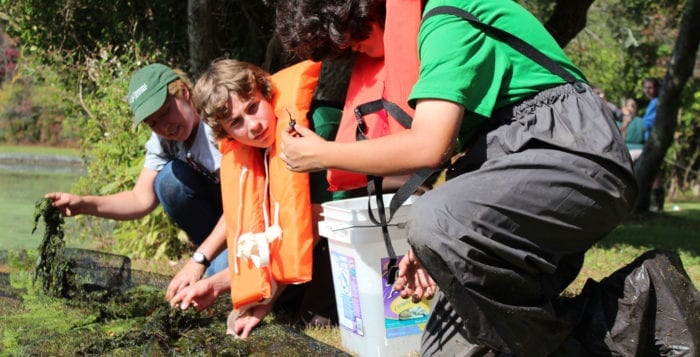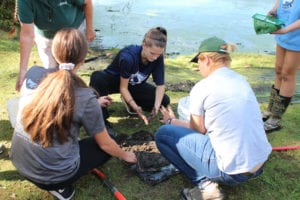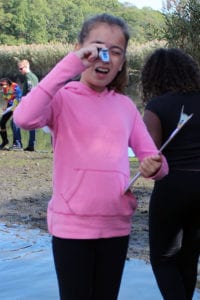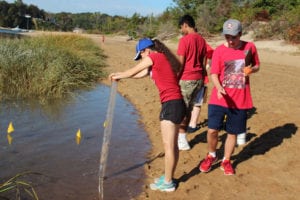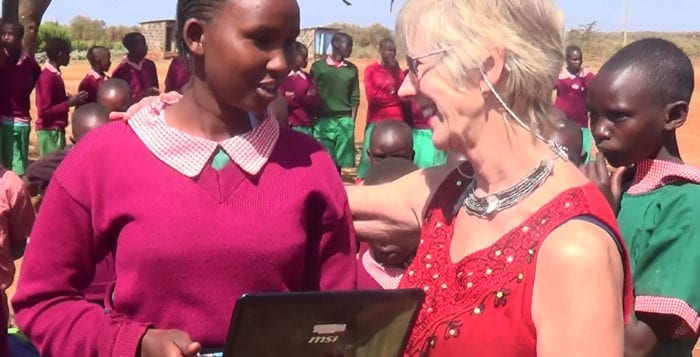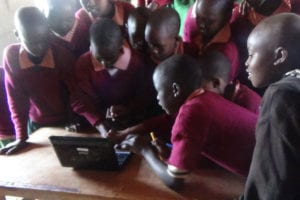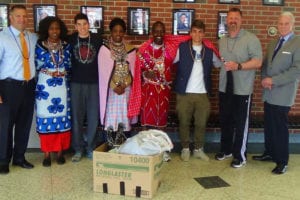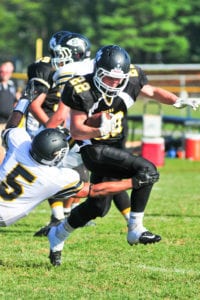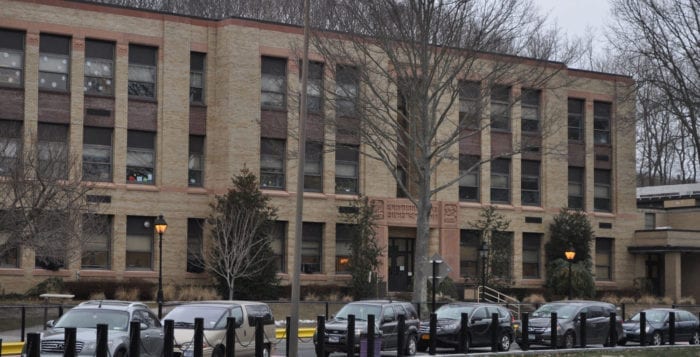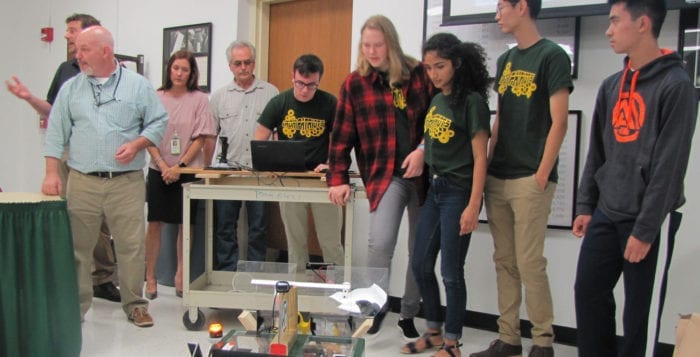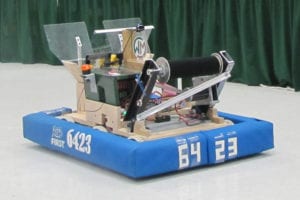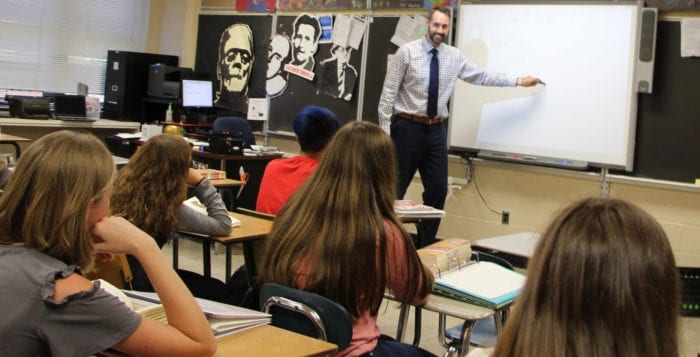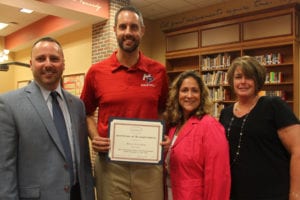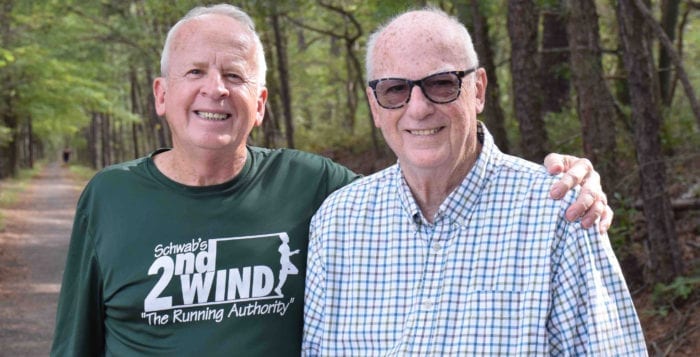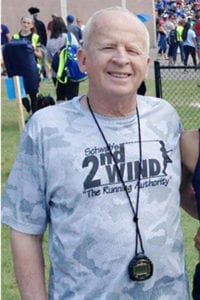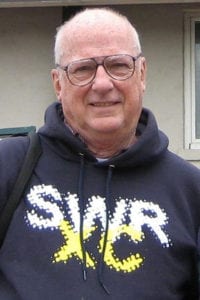Miller Place High School has the potential to save large sums of money and energy this year thanks to the environmental efforts of a group of middle school Girl Scouts.
Sixth- and seventh-grade members of Cadette Girl Scout Troop 227 urged the board of education during the Sept. 27 meeting to consider replacing the 120 fluorescent lights in the high school cafeteria with more energy-efficient LED lights. This installation could save the district approximately $1,044 in the cafeteria alone over the course of the 180-day school year, the Girl Scouts said.
“Switching to LED lights would allow the district to focus that money on education,” 11-year-old Lilah Lindemann said.
Analynn Bisiani, a sixth-grader, informed board members 180-degree LED lights release significantly less heat energy than tube-shaped, 360-degree fluorescent lights, making them safer.
“They do not contain dangerous chemicals and will project light only down instead of 360 degrees,” Analynn said. “A lot of energy is wasted when light is projected upwards.”
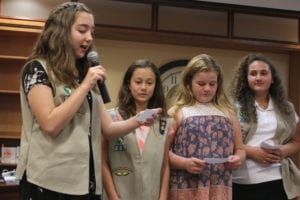
The troop’s presentation was based on an energy audit of the high school cafeteria the girls conducted in May with the help of a PSEG Long Island representative as part of their Girl Scout Journey project — a long-term initiative to find a solution to a local environmental problem.
One of the requirements for the project was to focus on conserving energy, so troop leaders and members decided to conduct an audit of a public building, specifically the high school cafeteria, where the group holds its meetings twice a month.
With the help of Scout mom Kim Soreil, a PSEG Long Island manager of customer operations, the girls studied different forms of energy, made circuit cards and calculated the energy savings of switching to LED lights by counting all 120 lights in the cafeteria. The girls figured out
approximately 17.5 cents per kilowatt hour could be saved, which, assuming a 14-hour school day with extracurricular activities, equates to $5.88 in savings per day and $1,044 a year.
“They picked up on everything very quickly and just took off with it,” Soreil said of the troop’s excitement about the project. The girls, including Soreil’s daughter Lauren, also learned about phantom energy and the benefits of unplugging electrical appliances even after they’ve been turned off.
“They were peering through windows to try and see if lights were left on in the offices in the back and trying to turn off the lights on the vending machines so the school could conserve
energy,” she said.
During the presentation, Girl Scout Sarah DiPersio offered the board another environmentally-based solution in the cafeteria.
“Although it is not an electrical energy savings, we also noticed there is a traditional water fountain in the cafeteria, instead of a bottle refill fountain,” Sarah said.
Troop co-leader Candace Lindemann, who guides the girls alongside Morgan Caufield, said while she was impressed by the research and work her Scouts took part in, she wasn’t too surprised.
“We can definitely learn to use energy more efficiently because that’s one of the only ways we’re going to be able to continue living well on Earth.”
— Lilah Lindemann
“We have a very environmentally concerned and diligent group of girls,” Lindemann said, noting their other environment-based initiatives include beach cleanups and water health studies. “I think growing up near the beach definitely encourages an interest in the health of the environment for them.”
Her daughter Lilah said she has been passionate about the environment for a long time and hopes to be an engineer one day.
“We can definitely learn to use energy more efficiently because that’s one of the only ways we’re going to be able to continue living well on Earth,” the 11-year-old said. “And helping the environment and the community is what the Girl Scouts are about.”
Girl Scout Lindsey Galligan said she hopes by saving money through this proposal, the school district could afford to provide more art programs.
At the end of the board of education meeting, Miller Place Superintendent Marianne Cartisano presented each Scout with a certificate and thanked them for their presentation.
“That was very comprehensive,” Cartisano said. “We’re very grateful you did this and we’ll certainly be taking your recommendations and findings into consideration.”
The school district is currently in the process of bringing more energy efficiency to its buildings by installing solar panels on top of its high school and Andrew Muller Primary School.
Members of Cadette Girl Scout Troop 227 that participated in the audit are Sara Bally, Analynn Bisiani, Molly Caufield, Sarah DiPersio, Mary Cait Duffy, Lindsey Galligan, Lilah Lindemann, Maris Lynch, Ceili McNicholas, Madelyn Miller, and Lauren Soreil.

